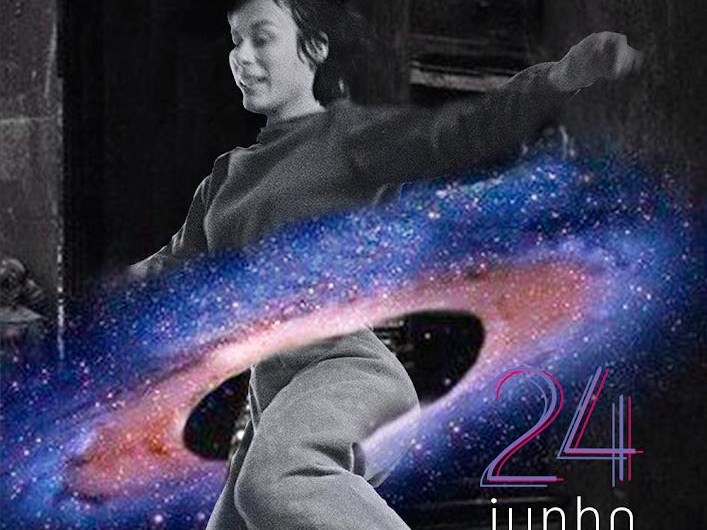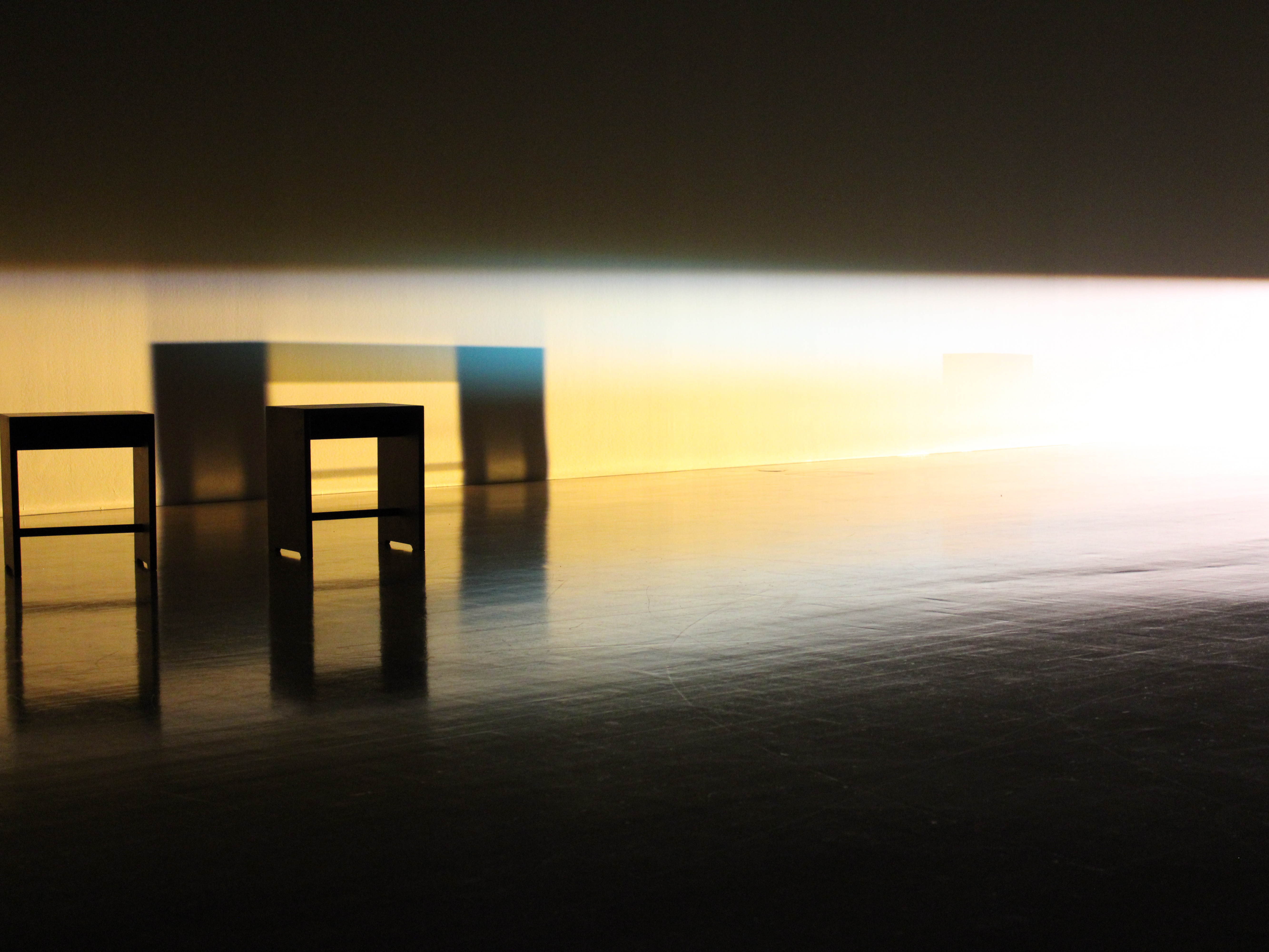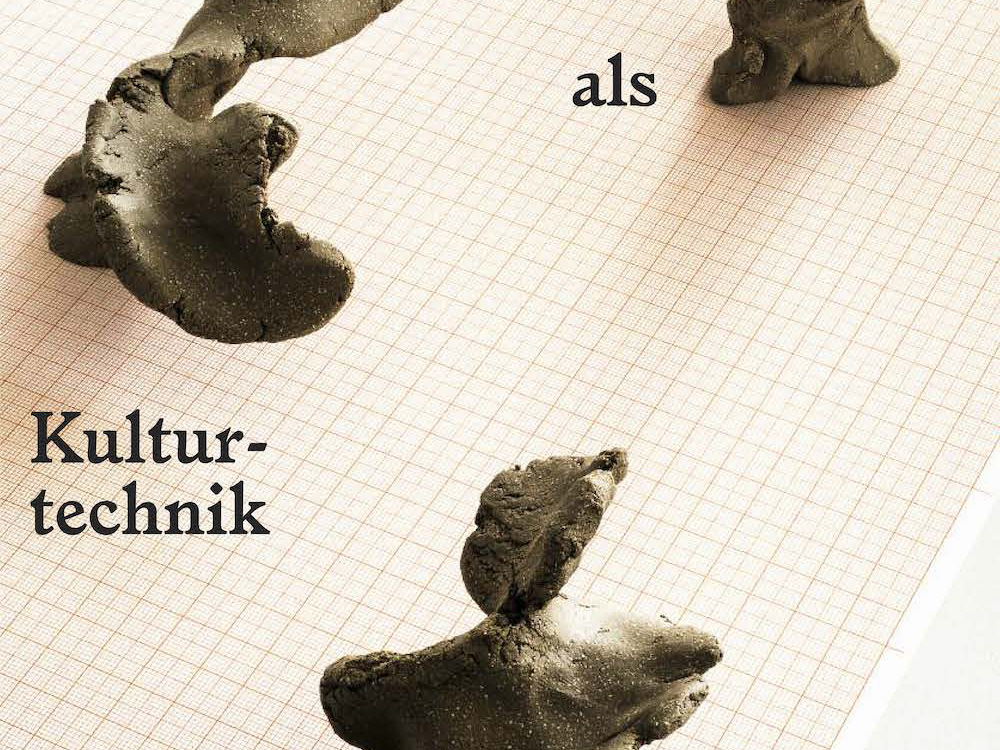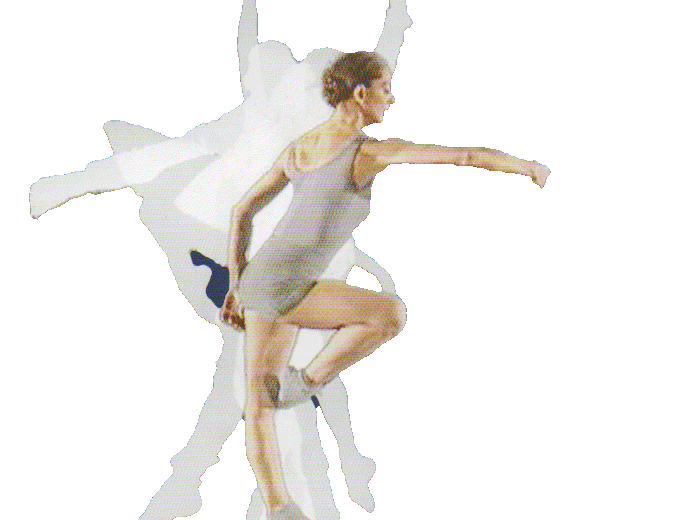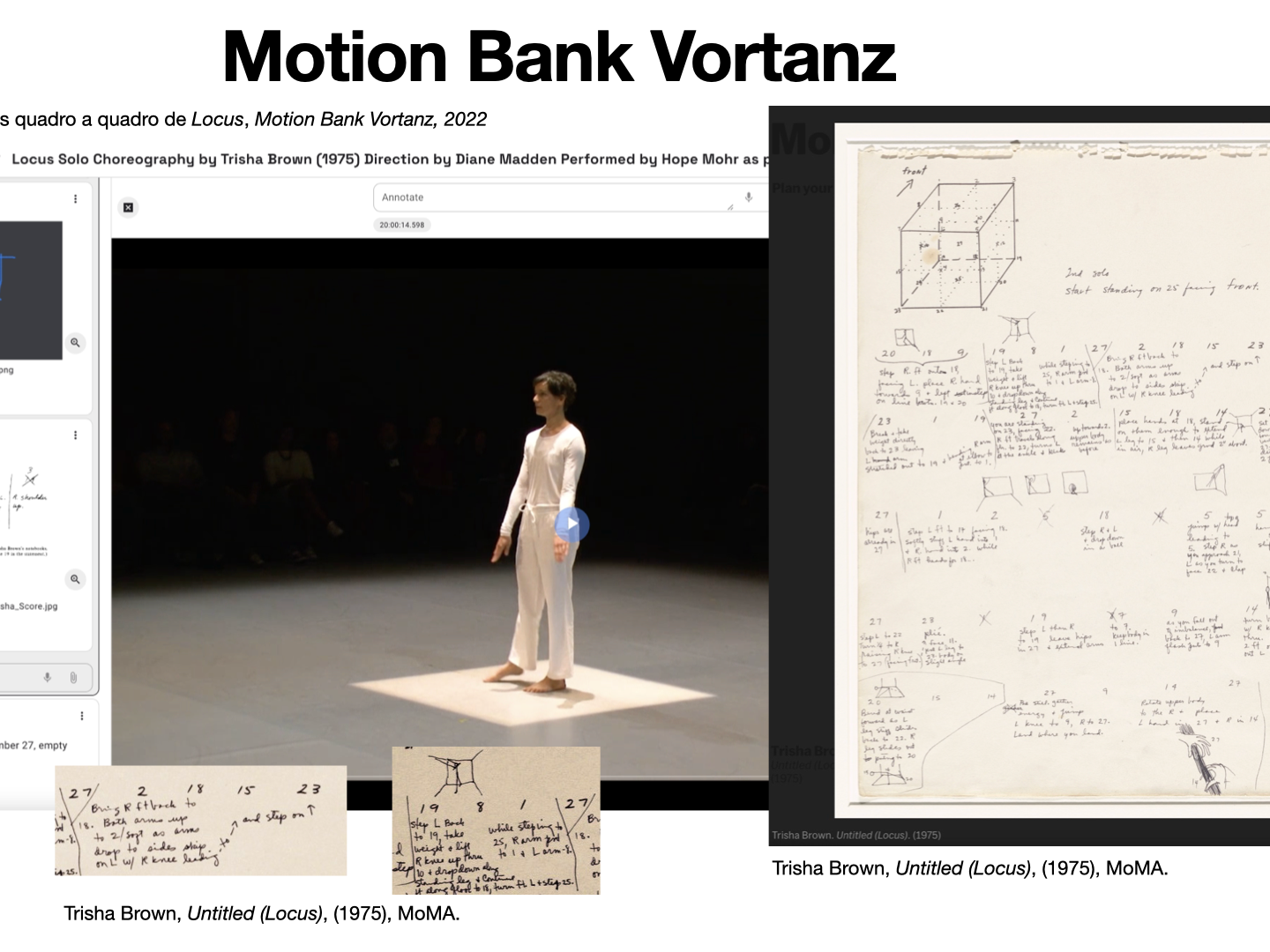Este vídeo é o resultado da pesquisa interdisciplinar entre eu, Graziele Lautenschlaeger e Aline Martinez - “Algorithmic thinking and the affect modulation in choreographic scores by Oskar Schlemmer and Merce Cunningham” -, que combina o gênero da performance-seminário e a produção de um artigo. As imagens foram feitas durante a apresentação, em Medellín (Colômbia, Novembro de 2019), quando participamos do 1º Simposio Internacional de Historia y Teoría de Los Medios, uma iniciativa da Universidad de Antioquia e Universidad Nacional de Colombia. Em tempos de pandemia, sinto-me feliz por ter ido àquele país para apresentar o nosso trabalho. Ainda estamos em processo de escrita do referido artigo, escrito a seis mãos, que abrange os campos da arte e tecnologia, do design e da dança e da coreografia.
“Através de uma análise comparativa de peças coreográficas clássicas e contemporâneas, como “Das triadische Ballett” de Oskar Schlemmer e “BIPED” de Merce Cunningham, a performance aborda o pensamento algorítmico por trás dos processos criativos e suas formalizações em partituras e em movimentos de dança. Apesar das diferenças contextuais, as referidas coreografias apresentam elementos que estão historicamente conectados, desde a influência do programa da Bauhaus na formação de Cunningham na exploração comum da variação geométrica para organizar, induzir e formalizar o corpo e os movimentos através e no espaço. A metodologia de investigação conecta a teoria e a prática.
*English bellow
This video is the result of an interdisciplinary research collaboration between myself, Graziele Lautenschlaeger, and Aline Martinez — “Algorithmic Thinking and Affect Modulation in Choreographic Scores by Oskar Schlemmer and Merce Cunningham” — which combines the format of a performance-lecture with the production of an academic article. The footage was captured during our presentation in Medellín (Colombia, November 2019), when we took part in the 1st International Symposium on the History and Theory of Media, an initiative by the Universidad de Antioquia and the Universidad Nacional de Colombia.
In times of pandemic, I feel grateful to have had the opportunity to travel to that country and present our work. We are still in the process of co-writing the article, authored collectively by the three of us, which spans the fields of art and technology, design, dance, and choreography.
Through a comparative analysis of classical and contemporary choreographic works — such as Das Triadische Ballett by Oskar Schlemmer and BIPED by Merce Cunningham — the performance explores algorithmic thinking behind creative processes and its formalization in choreographic scores and dance movements. Despite their contextual differences, these choreographies share historically connected elements, ranging from the influence of the Bauhaus program on Cunningham’s training to their mutual exploration of geometric variation as a method to organize, induce, and formalize the body and movement through and within space. The research methodology integrates both theory and practice.
Júlia Abs. Strategies of affect modulation in machine-inspired/based choreographic scores: Oskar Schlemmer and Merce Cunningham. 1er Simposio Internacional en Historia y Teoría de los Medios, 2019. Foto: Stiven Quichia
Júlia Abs. Strategies of affect modulation in machine-inspired/based choreographic scores: Oskar Schlemmer and Merce Cunningham. 1er Simposio Internacional en Historia y Teoría de los Medios, 2019. Foto: Stiven Quichia
Júlia Abs. Strategies of affect modulation in machine-inspired/based choreographic scores: Oskar Schlemmer and Merce Cunningham. 1er Simposio Internacional en Historia y Teoría de los Medios, 2019. Foto: Stiven Quichia.
